blog»Business Strategy»Brick by Brick: The Marketing Mastery Behind Lego
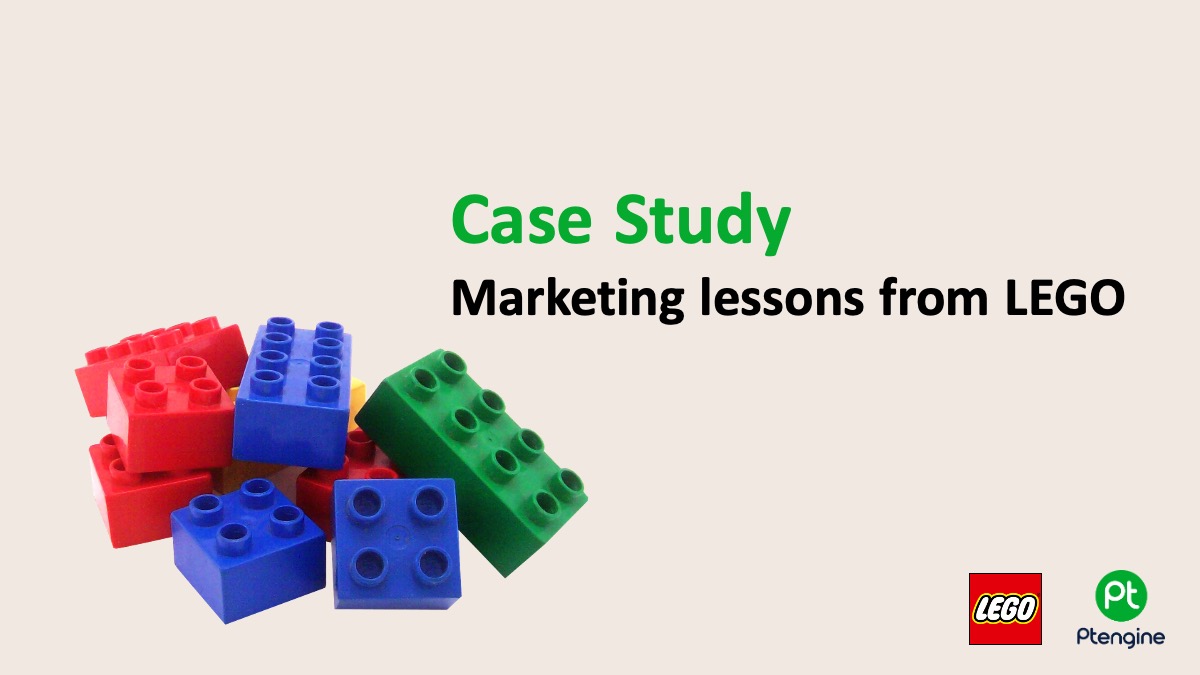
Brick by Brick: The Marketing Mastery Behind Lego
2024/08/19
You can read this article in about 38 minutes
Introduction
Lego is more than just a toy brand—it’s a cultural phenomenon that has captivated generations. From the classic building blocks we all grew up with to blockbuster movies and cutting-edge digital experiences, Lego has continually reinvented itself while staying true to its core. This ability to innovate while maintaining brand consistency is a key reason why Lego remains relevant in today’s fast-paced market.
For e-commerce marketers, Lego’s success isn’t just interesting—it’s instructive. The company’s marketing strategies are a masterclass in how to engage audiences, build a loyal community, and create a brand that stands the test of time. By focusing on storytelling, embracing digital transformation, and fostering a strong sense of community, Lego has crafted a marketing playbook that other brands can learn from.
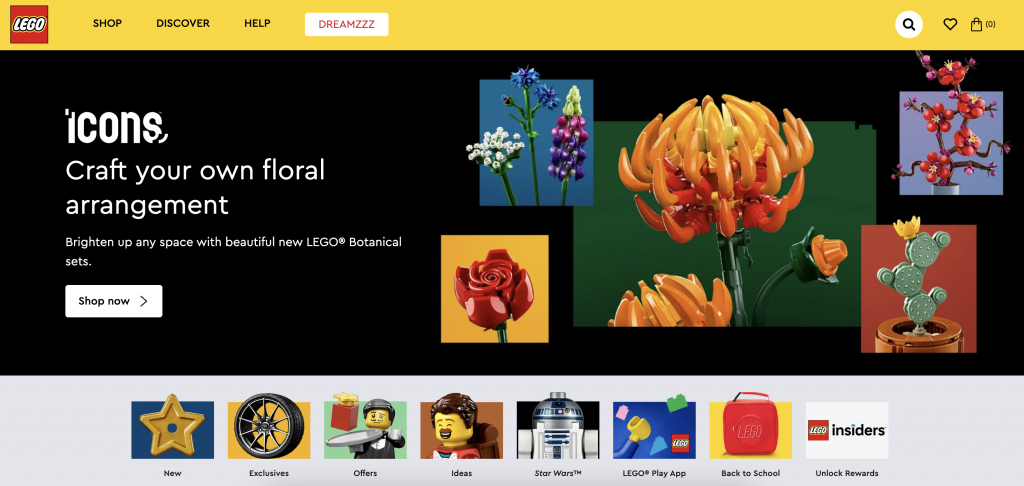
In this article, we’ll break down the key elements of Lego marketing that have contributed to the brand’s enduring appeal. We’ll explore how Lego uses storytelling, user-generated content, strategic collaborations, and more to not just survive, but thrive in an increasingly competitive market. If you’re looking for actionable insights to elevate your own e-commerce marketing efforts, you’re in the right place. Let’s dive in.
Section 1: The Power of Storytelling and Content Creation in Lego Marketing
Lego marketing has always been about more than just selling toys. It’s about creating stories that resonate with people of all ages. Over the years, Lego has mastered the art of storytelling, transforming its brand from a simple toy company into a global entertainment powerhouse.
One of the most significant examples of Lego marketing through storytelling is their venture into movies and TV series. The Lego Movie wasn’t just a hit at the box office; it was a brilliant marketing move that brought the Lego brand into the mainstream consciousness. The movie’s success demonstrated how powerful a well-told story can be in reinforcing brand identity and appealing to a broad audience. It turned Lego bricks into characters that people cared about, deepening the emotional connection between the brand and its fans.
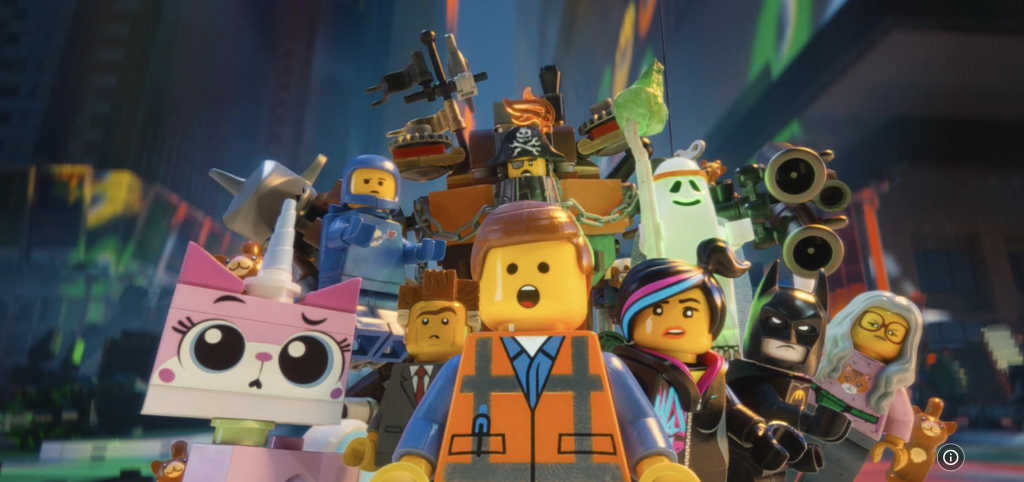
But Lego didn’t stop there. They continued to produce content that entertained and engaged, from TV series like Ninjago to spin-off movies like The Lego Batman Movie. These weren’t just entertainment products—they were strategic extensions of the Lego brand, designed to keep it relevant and exciting across generations. This approach has helped Lego maintain a strong brand presence, even in an age dominated by digital entertainment.
Lego marketing also shines in its digital content strategy. The brand actively uses platforms like YouTube and Instagram to share stories and ideas that captivate their audience. Whether it’s a short video showcasing a new set or a behind-the-scenes look at how their products are made, Lego’s content is always crafted to spark imagination and creativity. They understand that their audience isn’t just buying bricks—they’re buying the potential to create something unique.
For e-commerce marketers, the lesson here is clear: storytelling is a powerful tool. By creating content that goes beyond mere product promotion and taps into emotions, values, and creativity, you can build a stronger connection with your audience. Lego marketing has shown that when you create a narrative that your customers can relate to, you’re not just selling a product—you’re selling an experience. And that’s what keeps people coming back for more.
Section 2: User-Generated Content and Community Engagement in Lego Marketing
A cornerstone of Lego marketing is the brand’s ability to turn its customers into co-creators. Lego doesn’t just sell products; they inspire creativity and provide platforms for their community to showcase that creativity. This approach has transformed Lego from a product-based company into a community-driven brand, where customers play a significant role in the brand’s story.
One of the most successful examples of this is the Lego Ideas Platform. This platform allows fans to submit their own designs for potential Lego sets. If a design garners enough support from the community, Lego considers it for production. This initiative not only fosters creativity among fans but also strengthens their emotional connection to the brand. When customers see their ideas turned into actual products, it creates a sense of ownership and pride that’s hard to match. For e-commerce marketers, this is a powerful reminder of the value of involving your customers in the creative process.
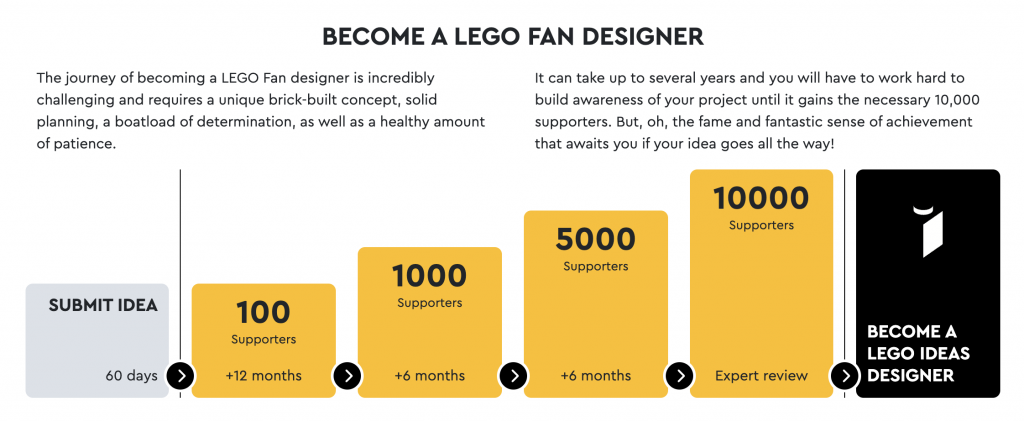
Lego marketing also excels in leveraging social media campaigns to amplify user-generated content. On platforms like Instagram and Twitter, Lego encourages fans to share their creations using branded hashtags. This not only generates a wealth of organic content but also serves as social proof, showing potential customers the endless possibilities that come with Lego products. The brand frequently features fan-made content on its official channels, which further encourages participation and makes the community feel valued and seen.
Another smart move in Lego marketing is their use of community-focused events. Events like Lego conventions and building competitions are not just promotional activities; they are celebrations of the creativity and passion that Lego fans bring to the table. These events provide a physical space for the community to come together, share ideas, and showcase their skills. For Lego, it’s an opportunity to engage with their audience in a meaningful way, build brand loyalty, and create lasting memories that go beyond the product itself.
For e-commerce marketers, the lessons from Lego marketing are clear: engaging with your community and encouraging user-generated content can significantly enhance brand loyalty and drive organic growth. By creating platforms and opportunities for your customers to express their creativity and connect with one another, you’re not just building a customer base—you’re building a community. And in today’s market, a strong, engaged community is one of the most valuable assets a brand can have.
Section 3: Leveraging Strategic Collaborations and Partnerships in Lego Marketing
Lego marketing has effectively expanded its reach and relevance through strategic collaborations and partnerships. By aligning with popular franchises and cultural phenomena, Lego has positioned itself as more than just a toy company—it’s become a key player in the worlds of entertainment, pop culture, and even education.
One of the most successful aspects of Lego marketing is their collaborations with major franchises. Partnerships with global giants like Star Wars, Harry Potter, Marvel, and Disney have allowed Lego to tap into the fan bases of these beloved franchises. These collaborations bring Lego into new and diverse markets, appealing not just to children but to adults who are fans of these iconic stories. The result is a series of themed Lego sets that resonate deeply with fans, often turning them into collectors’ items. This strategy has not only boosted sales but also reinforced Lego’s presence in the broader entertainment landscape.
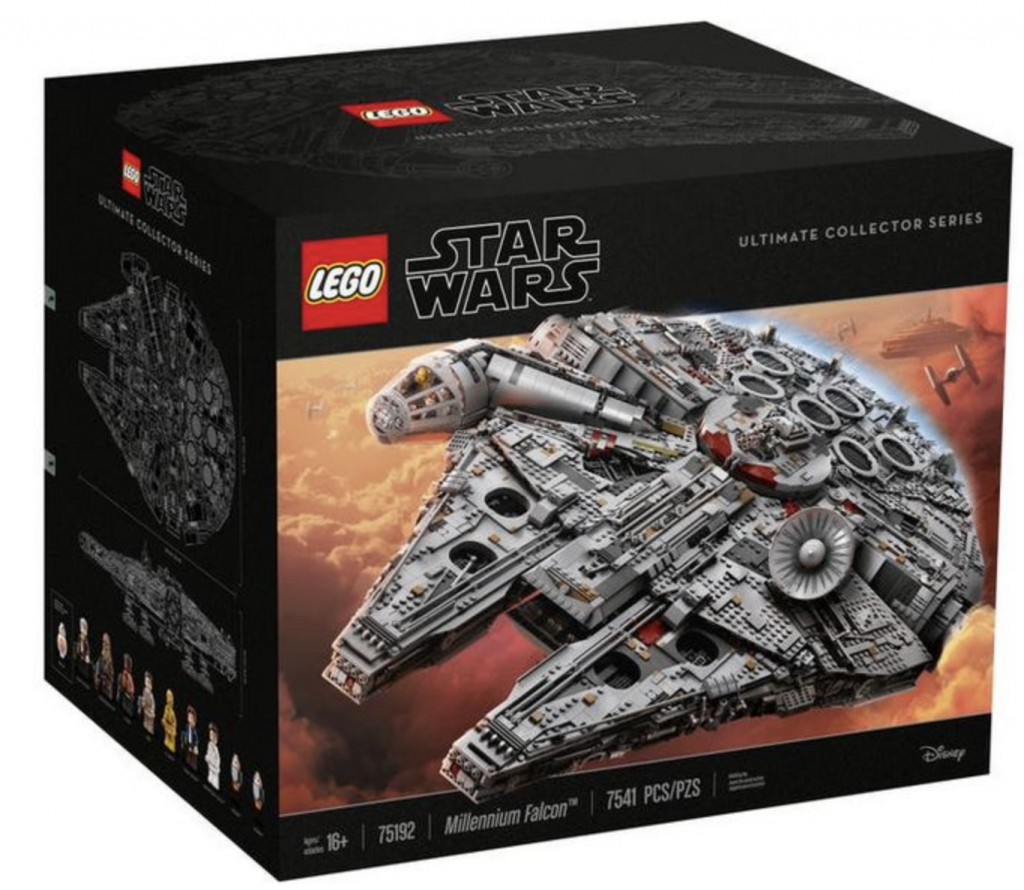
These partnerships are more than just licensing deals—they’re integrated marketing strategies. For example, the release of a new Star Wars movie is often accompanied by a corresponding line of Lego sets. This creates a synergy where both the movie and the Lego products benefit from the shared hype and fan engagement. By aligning product launches with major cultural events, Lego marketing ensures that the brand remains relevant and top-of-mind.
Lego has also expanded its product lines to target specific demographics and interests through collaborations. The Lego Architecture series, for instance, appeals to adult fans who are interested in design, history, and travel. By partnering with architects and designers, Lego has created a sophisticated product line that adds depth and breadth to their brand. Similarly, the Lego Technic series, which focuses on more complex building sets with advanced mechanical functions, targets older builders and engineering enthusiasts. These collaborations demonstrate Lego’s ability to diversify its product offerings and appeal to niche markets, further solidifying its position as a versatile and inclusive brand.
For e-commerce marketers, the key takeaway from Lego marketing is the power of strategic partnerships. By collaborating with brands, franchises, or even influencers that align with your brand’s values and target audience, you can reach new customers and create products that resonate on a deeper level. These partnerships should be thoughtfully integrated into your overall marketing strategy, ensuring that they enhance your brand’s identity while also providing mutual benefits.
Section 4: Embracing Digital Transformation in Lego Marketing
Lego marketing has successfully adapted to the digital age by embracing technology and integrating it into both their products and their marketing strategies. This digital transformation has allowed Lego to stay relevant in a world where play increasingly includes screens and online interactions.
One of the standout examples of Lego’s digital innovation is their foray into video games and apps. Titles like Lego Star Wars, Lego Marvel Super Heroes, and Lego Harry Potter have been immensely popular, not just among children but also with adult gamers who grew up with Lego. These games are more than just an extension of their physical products—they’re an essential part of Lego’s brand ecosystem. They allow fans to engage with Lego in a digital environment, deepening their connection to the brand. For e-commerce marketers, this highlights the importance of diversifying the ways in which customers can interact with your brand beyond traditional channels.
Lego marketing has also embraced augmented reality (AR), blending physical and digital play. Sets like Lego Hidden Side use AR to enhance the building experience, allowing users to interact with their creations in a new and exciting way through a smartphone app. This not only adds value to the physical product but also aligns Lego with modern play trends, where digital and physical worlds often merge. By staying ahead of the curve and incorporating cutting-edge technology into their products, Lego ensures that they remain appealing to tech-savvy consumers.
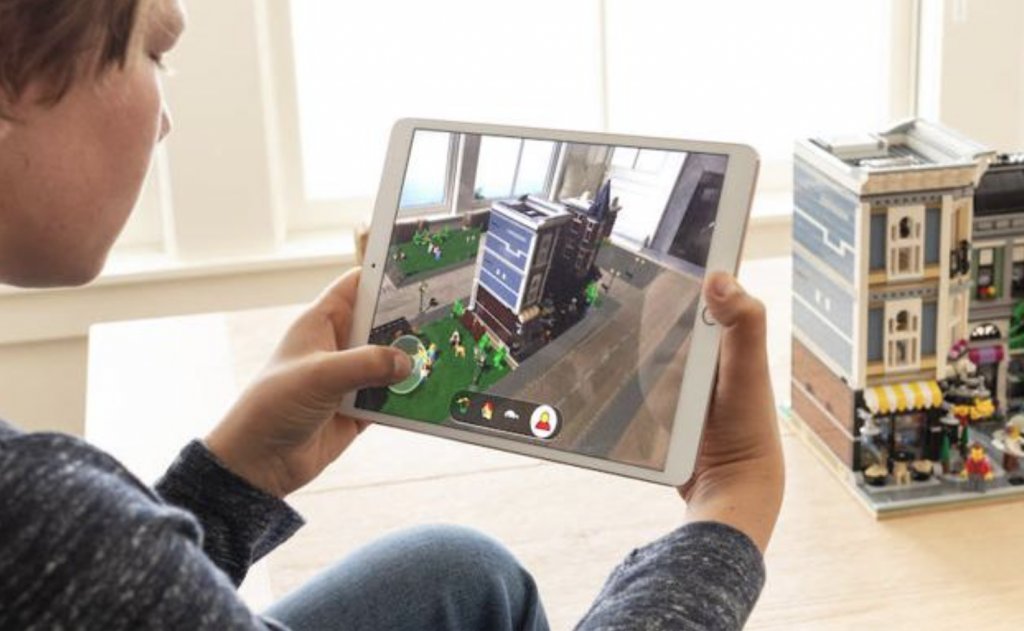
In addition to enhancing their products with digital features, Lego marketing has optimized the online shopping experience to meet the expectations of today’s consumers. Lego’s e-commerce platform is user-friendly, offering personalized recommendations, detailed product information, and high-quality visuals. They also provide a seamless checkout process and excellent customer service, which are critical components in driving online sales. For e-commerce marketers, this underlines the necessity of a well-designed and efficient online store that not only meets but exceeds customer expectations.
Another significant element of Lego’s digital transformation is their use of data-driven marketing. Lego leverages data analytics to understand customer behavior, preferences, and trends. This allows them to personalize marketing efforts, whether through targeted email campaigns, personalized product recommendations on their website, or even tailoring the user experience based on previous interactions. This approach ensures that Lego’s marketing is not just broad-reaching but also highly relevant to individual customers.
For e-commerce marketers, the lessons from Lego marketing are clear: embracing digital transformation is crucial in today’s market. Whether it’s through integrating technology into your products, enhancing the online shopping experience, or leveraging data to personalize your marketing, these strategies can help your brand stay relevant and connected with modern consumers. Lego’s ability to seamlessly blend physical and digital experiences has not only kept them at the forefront of the toy industry but also set a standard for how brands can innovate and evolve in the digital age.
Section 5: Building an Immersive Retail Experience in Lego Marketing
Lego marketing goes beyond just online and digital experiences; they’ve also mastered the art of creating immersive retail environments that draw customers into the brand’s world. This approach to retail is a key part of their strategy, reinforcing brand loyalty and making the shopping experience memorable.
Lego flagship stores are prime examples of this immersive experience. These stores are more than just places to buy products—they are destinations in themselves. Each flagship store is designed to be an interactive playground where customers can engage with Lego on a deeper level. From massive, life-sized Lego sculptures to dedicated build areas where visitors can create their own masterpieces, these stores provide a hands-on experience that online shopping simply can’t replicate. For e-commerce marketers, this underscores the importance of creating unique in-person experiences that can complement and enhance your online efforts.
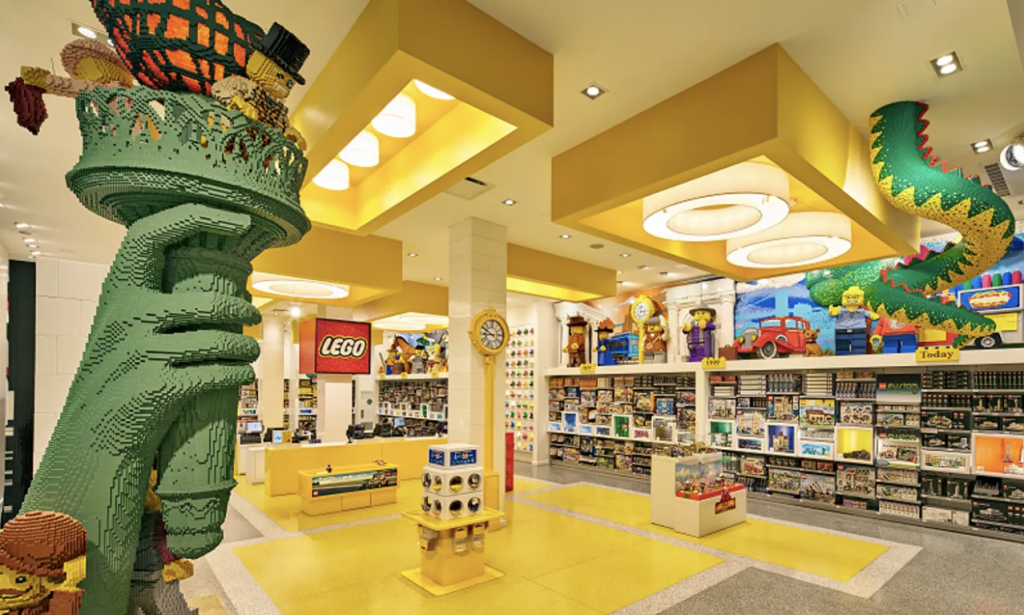
In addition to their flagship stores, Lego frequently launches pop-up stores and events that bring the brand to different locations around the world. These pop-ups often tie into larger marketing campaigns or new product launches, creating buzz and excitement in targeted markets. Whether it’s a pop-up in a high-traffic urban area or a special event at a major theme park, these temporary installations give Lego the flexibility to reach new audiences and generate media attention. For other brands, this highlights how temporary physical spaces can be powerful tools for creating a sense of urgency and exclusivity around your products.
Lego also focuses on creating a personalized and interactive retail experience. In their stores, customers can personalize certain products, such as creating custom minifigures or designing their own Lego sets. These personalized offerings not only cater to individual tastes but also make customers feel special, enhancing their connection to the brand. Interactive displays and digital elements within the stores further engage customers, allowing them to explore Lego’s offerings in a fun and engaging way. This level of personalization and interaction is key for e-commerce marketers who want to create a more engaging and tailored shopping experience, both online and offline.

Lego’s retail strategy is closely aligned with their broader marketing goals. Each store and event is designed to reinforce the brand’s identity and values, from their commitment to creativity and imagination to their focus on quality and sustainability. This ensures that every customer touchpoint, whether it’s online, in-store, or at an event, consistently communicates the Lego brand message. For e-commerce marketers, this highlights the importance of maintaining a consistent brand identity across all channels and touchpoints.
Section 6: Commitment to Social Impact and Sustainability in Lego Marketing
Lego marketing isn’t just focused on driving sales—it’s also deeply committed to social impact and sustainability. In an era where consumers are increasingly concerned about the ethical practices of the brands they support, Lego has positioned itself as a leader in corporate responsibility. This commitment not only aligns with modern consumer values but also strengthens the brand’s reputation and customer loyalty.
One of the most significant aspects of Lego’s social impact efforts is their sustainability initiatives. Recognizing the environmental impact of plastic, Lego has made substantial strides towards creating more sustainable products. In 2018, the company began producing elements like trees, leaves, and bushes from plant-based plastic sourced from sugarcane. By 2030, Lego aims to produce all of its core products and packaging from sustainable materials. This shift not only reduces the environmental footprint of their products but also appeals to eco-conscious consumers who prioritize sustainability in their purchasing decisions.
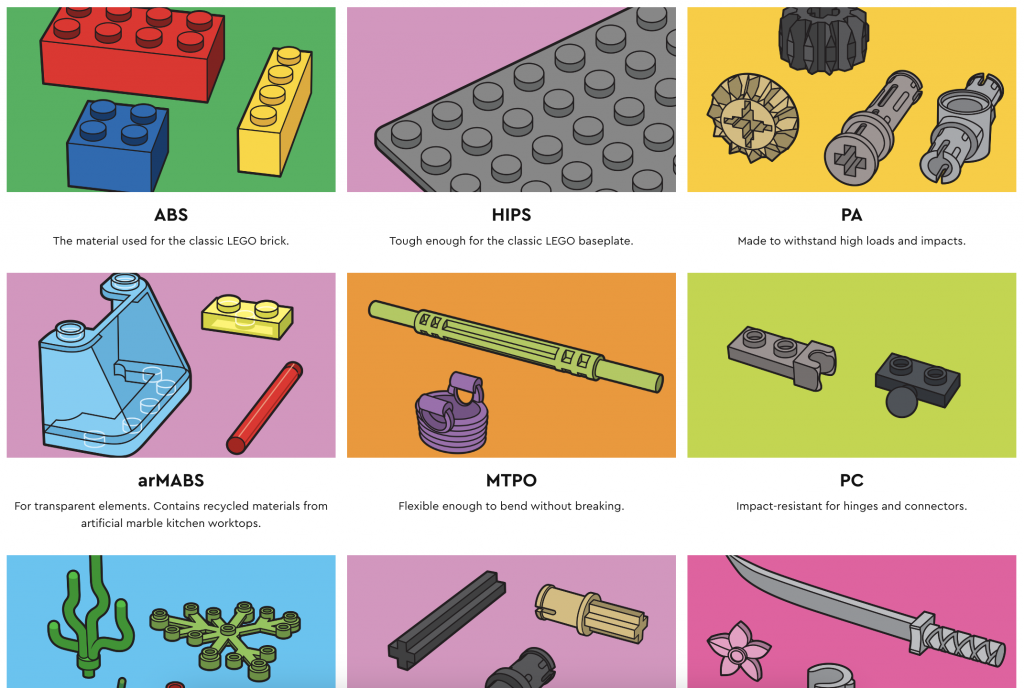
Lego’s commitment to sustainability is woven into their marketing efforts. Campaigns often highlight their progress towards sustainability goals, and the company is transparent about the challenges and steps involved in the journey. For e-commerce marketers, this transparency and commitment to long-term goals are key takeaways. It’s not just about promoting a product but about communicating a brand’s values and demonstrating a genuine commitment to making a positive impact on the world.
In addition to their environmental efforts, Lego is also deeply involved in educational and social initiatives. Through Lego Education, the company provides schools and educators with tools that foster creativity, problem-solving, and critical thinking. These products are used worldwide to teach subjects like science, technology, engineering, and mathematics (STEM) in an engaging and hands-on way. By investing in education, Lego not only contributes to society but also reinforces its brand as a tool for learning and development.
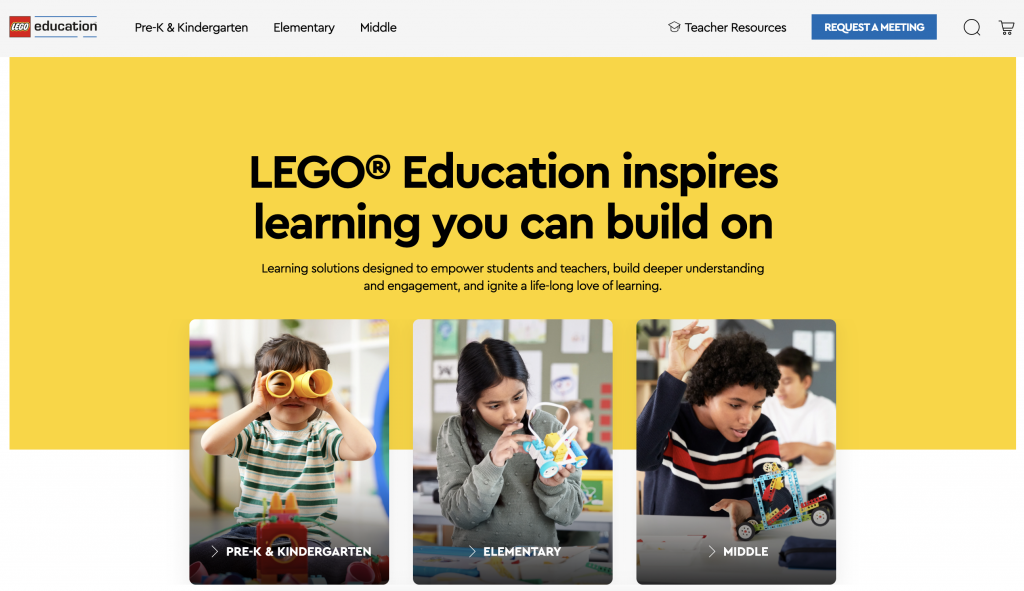
Lego’s social impact extends to their philanthropic efforts as well. The Lego Foundation, which owns 25% of the company, focuses on giving children the best start in life through learning through play. This foundation supports various global initiatives aimed at improving early childhood education and development, particularly in underprivileged communities. This approach not only builds goodwill but also aligns the Lego brand with a broader mission of making a difference in the lives of children around the world.
For e-commerce marketers, the lessons from Lego marketing in the area of social impact and sustainability are clear: modern consumers are looking for brands that align with their values. By committing to sustainability and social good, and by communicating these efforts transparently, brands can build deeper connections with their customers. It’s about more than just selling products—it’s about contributing to a better world and creating a brand that people are proud to support.
Section 7: Data-Driven Personalization and Marketing in Lego Marketing
Personalization is key to delivering a customer experience that stands out. Lego marketing has embraced this trend by leveraging data to tailor their marketing efforts, ensuring that each interaction with the brand feels relevant and engaging to the consumer.
One of the primary ways Lego achieves this is through data-driven personalization. Lego collects and analyzes data from various touchpoints—online browsing behavior, purchase history, and interactions with customer service, among others—to create a detailed picture of each customer. This data is then used to personalize the shopping experience, from recommending products based on past purchases to sending targeted emails that highlight new sets aligned with the customer’s interests. For e-commerce marketers, this approach underscores the importance of using data to enhance customer engagement and drive repeat business.
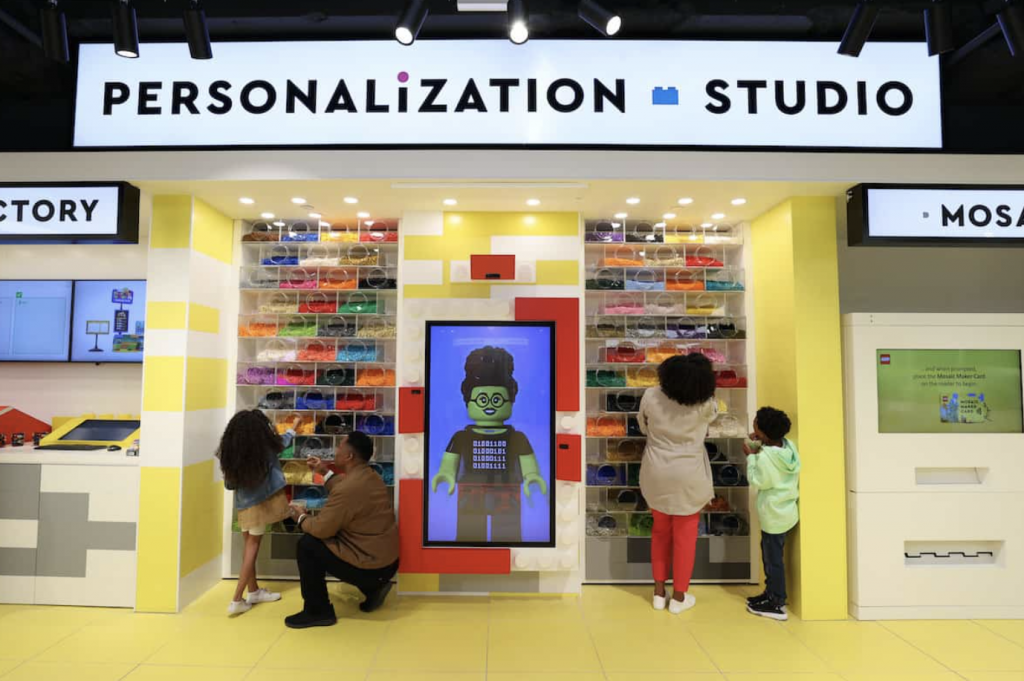
Lego’s personalized marketing doesn’t stop at product recommendations. Their email marketing campaigns are carefully crafted to deliver content that resonates with individual customers. For example, a customer who frequently purchases Star Wars-themed Lego sets might receive updates on new releases in that product line, while a parent might get educational content and offers on Lego Education products. By segmenting their audience and tailoring content to specific interests, Lego ensures that their communications are always relevant, increasing the likelihood of engagement and conversion.
In addition to email marketing, Lego’s e-commerce platform is optimized for personalization. When customers visit Lego’s website, they’re greeted with a homepage that reflects their previous interactions with the brand. Whether it’s showcasing products they’ve recently viewed, offering personalized deals, or highlighting community projects that match their interests, the site is designed to make each visit feel unique and tailored to the individual. This personalized experience not only enhances customer satisfaction but also encourages deeper exploration of the brand’s offerings.
Lego marketing also leverages social media for personalized interactions. By analyzing data from social media platforms, Lego can engage with customers in a more meaningful way. They respond to comments, share user-generated content, and even tailor their social media ads based on user behavior and preferences. This targeted approach ensures that Lego’s social media presence is not just broadcasting messages but fostering a two-way conversation with their community.
Lego uses data to optimize their overall marketing strategy continuously. By monitoring the performance of campaigns and customer feedback, Lego can quickly adapt their tactics to better meet the needs of their audience. This agility is crucial in today’s fast-paced market, where consumer preferences can shift rapidly. For e-commerce marketers, the lesson here is clear: data-driven marketing isn’t just about collecting information; it’s about using that information to create a more dynamic and responsive marketing strategy.
Key Takeaways from Lego Marketing
Lego’s marketing success offers valuable lessons for e-commerce marketers looking to build a strong, enduring brand. Here are the key takeaways:
- Storytelling and Content Creation: Use storytelling to create deeper connections with your audience. Integrate your brand into broader narratives that resonate with customers and keep them engaged.
- User-Generated Content and Community Engagement: Encourage your customers to become co-creators. Leverage user-generated content and build a community around your brand to foster loyalty and organic growth.
- Strategic Collaborations and Partnerships: Partner with complementary brands or franchises to reach new audiences and enhance your brand’s relevance in popular culture.
- Embracing Digital Transformation: Innovate by integrating digital tools into your products and marketing efforts. Offer seamless online shopping experiences and leverage data-driven strategies to personalize customer interactions.
- Building an Immersive Retail Experience: Create unique, immersive retail environments that offer more than just products—offer memorable experiences that strengthen brand loyalty.
- Commitment to Social Impact and Sustainability: Align your brand with social and environmental causes. Transparency and genuine commitment to these values can enhance your brand’s reputation and resonate with today’s conscious consumers.
- Data-Driven Personalization: Utilize data to tailor your marketing efforts and create personalized customer experiences. This not only enhances satisfaction but also drives repeat business and brand loyalty.
By applying these strategies, you can elevate your e-commerce marketing, create a stronger connection with your audience, and build a brand that stands the test of time—just like Lego.